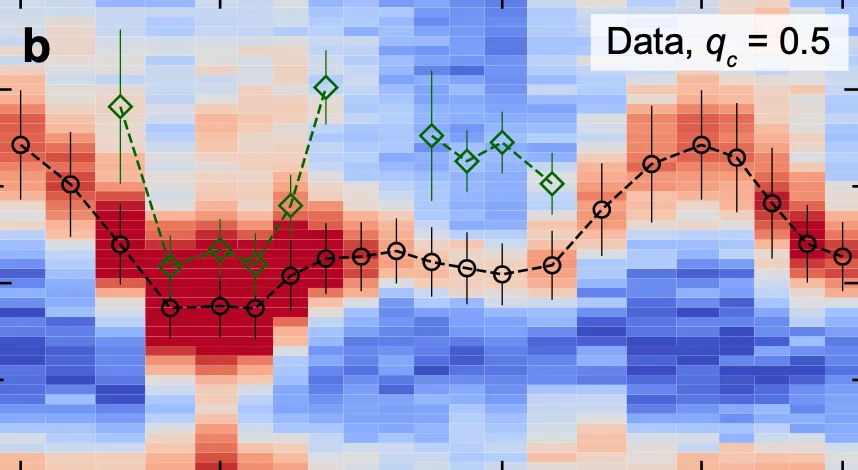Excitonic insulators are usually considered to form via the condensation of a soft charge mode of bound electron-hole pairs. This, however, presumes that the soft exciton is of spin-singlet character. Early theoretical considerations have also predicted a very distinct scenario, in which the condensation of magnetic excitons results in an antiferromagnetic excitonic insulator state. Here we report resonant inelastic x-ray scattering (RIXS) measurements of Sr3Ir2O7. By isolating the longitudinal component of the spectra, we identify a magnetic mode that is well-defined at the magnetic and structural Brillouin zone centers, but which merges with the electronic continuum in between these high symmetry points and which decays upon heating concurrent with a decrease in the material’s resistivity. We show that a bilayer Hubbard model, in which electron-hole pairs are bound by exchange interactions, consistently explains all the electronic and magnetic properties of Sr3Ir2O7 indicating that this material is a realization of the long-predicted antiferromagnetic excitonic insulator phase.
Reference: D.G. Mazzone et al, Nature Communications 13, 913 (2022)
Read full article: here



